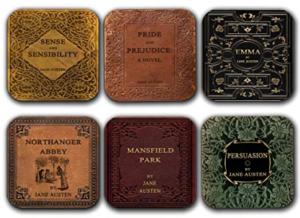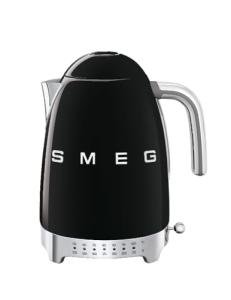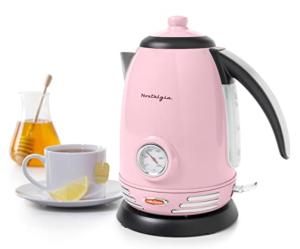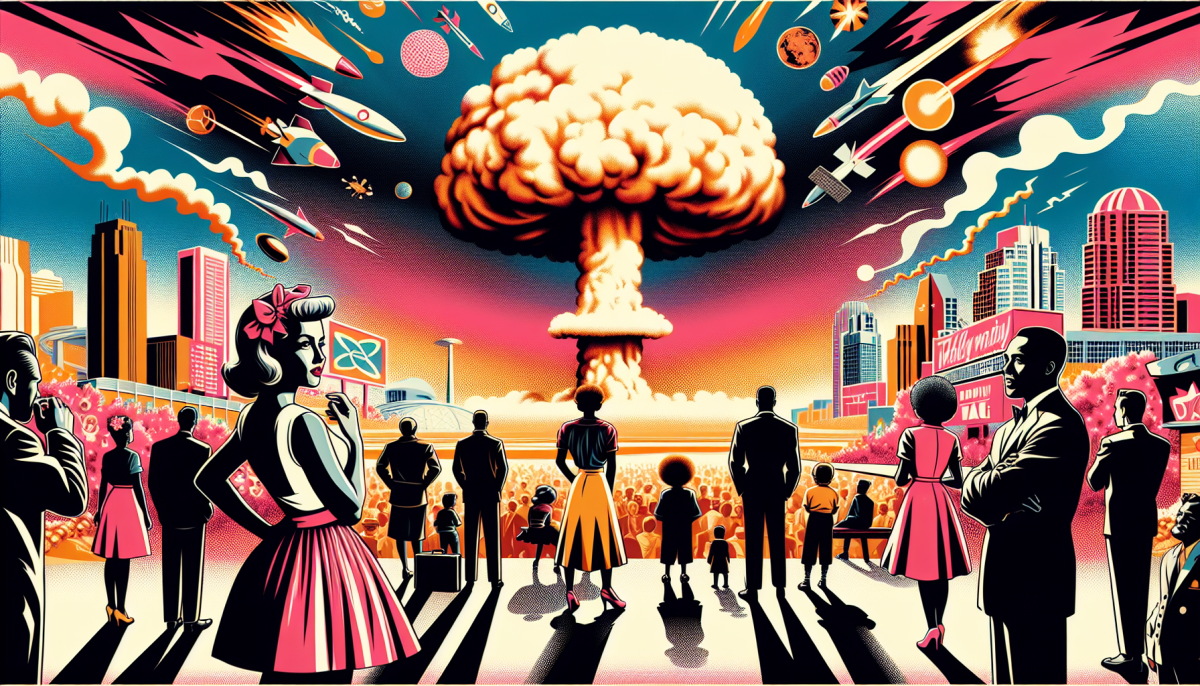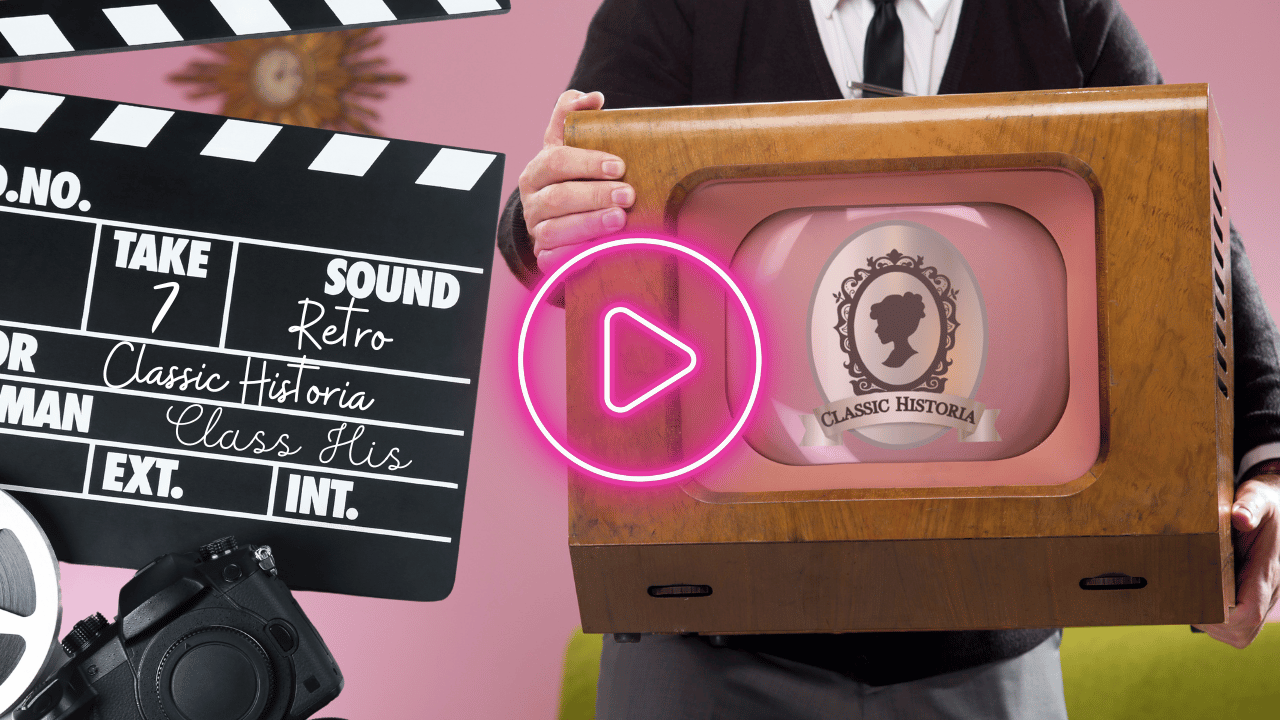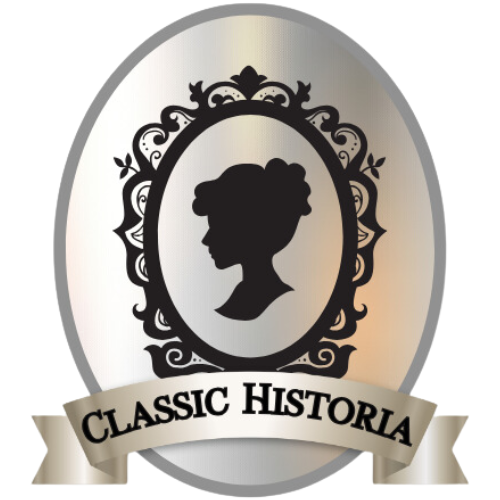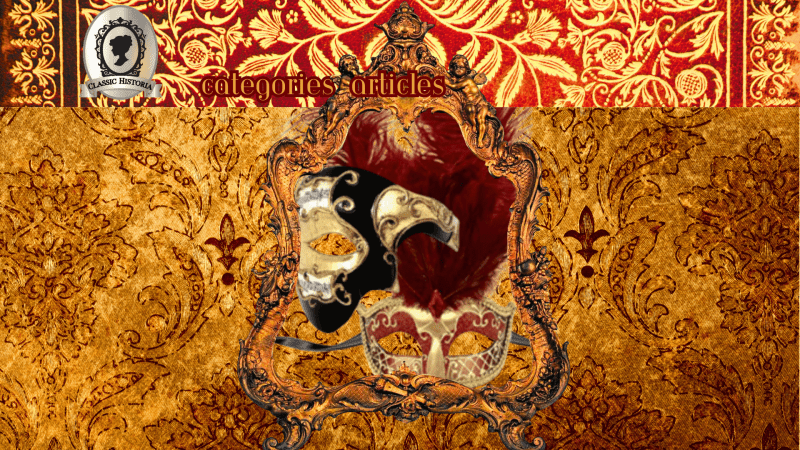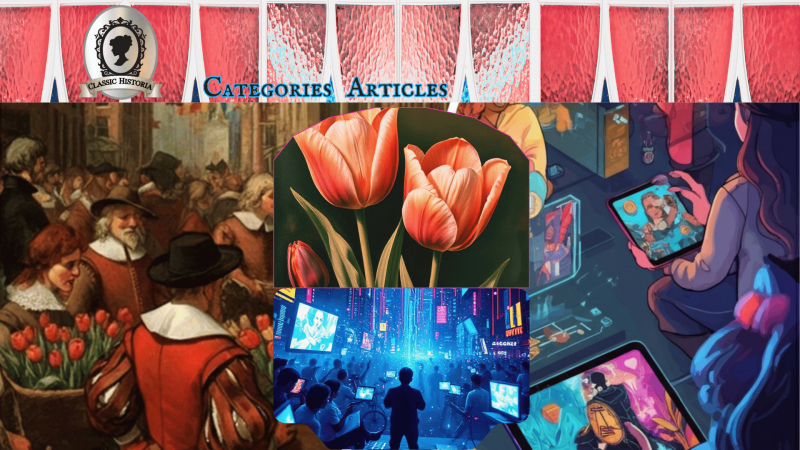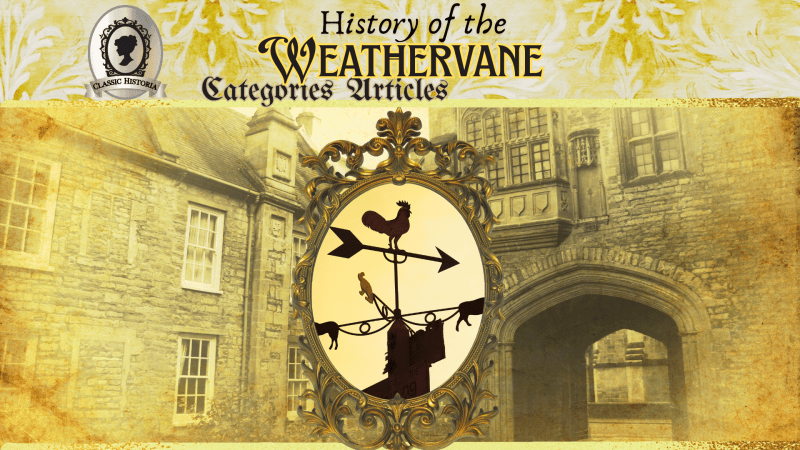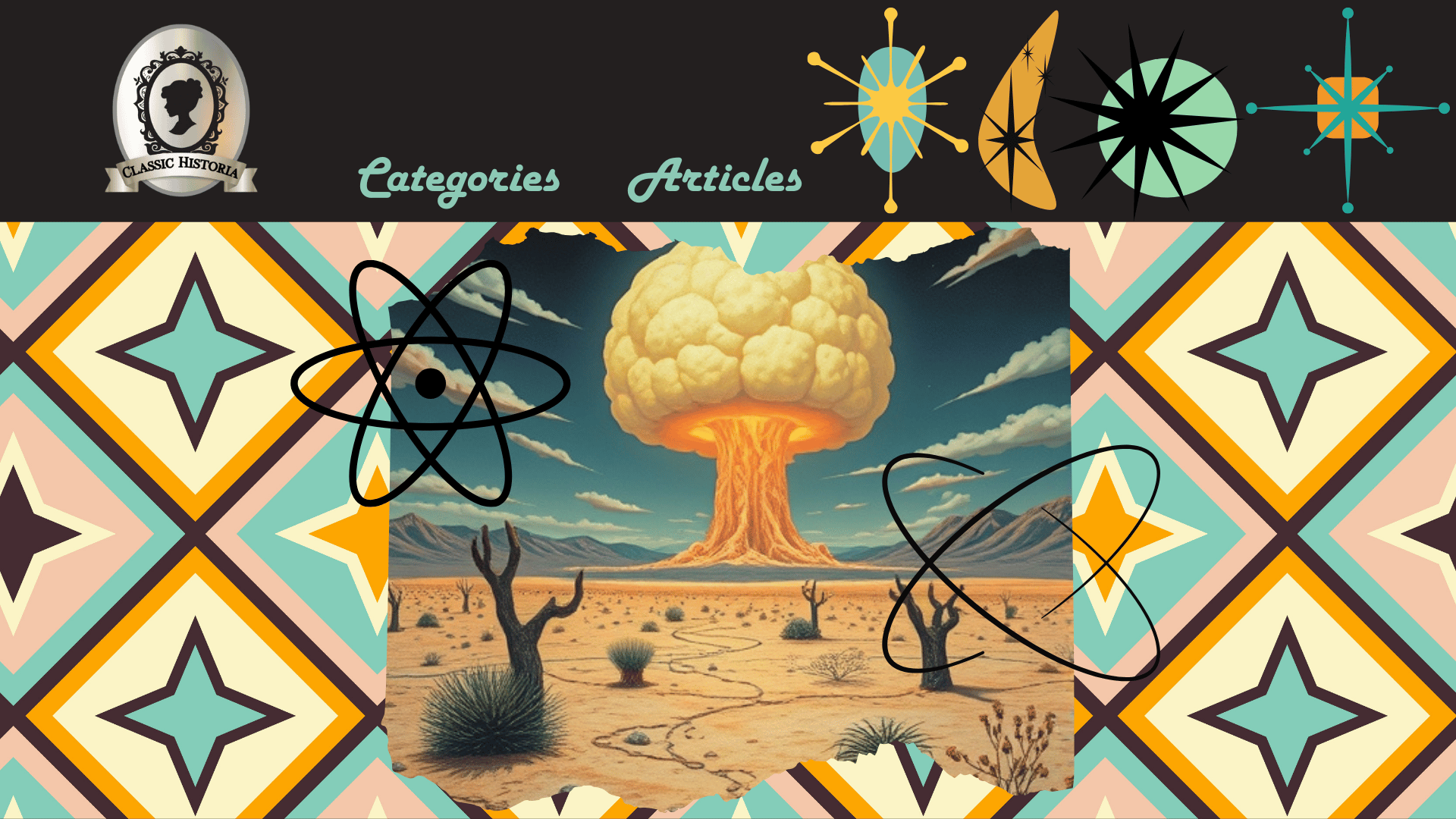
Classic Historia may receive a commission on purchases made through Amazon and eBay affiliate links at no additional cost to you.
The dawn of the atomic age was more than just a pivotal moment in global history—it was a spark that shaped the artistic, social, and cultural fabric of the 1950s. Following the bombings of Hiroshima and Nagasaki in 1945, the world was suddenly aware of the terrifying yet awe-inspiring power of nuclear science. This awareness seeped into daily life, influencing everything from design trends to lifestyle changes. The atomic bomb was not confined to history books—it became an unspoken presence in the lives of Americans during the 1950s, haunting their fears while inspiring their imaginations.
The Influence of Atomic Imagery in Design
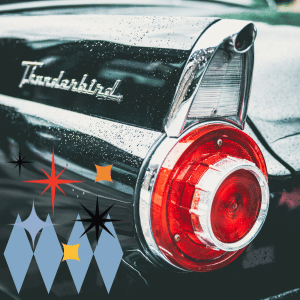
Coinciding with the Space Age and advancements in modern technology, the 1950s became a playground of design motifs inspired by atomic symbols. This wasn’t merely about decoration; it reflected the era's charged relationship with science, progress, and a looming uncertainty about the future. A mixture of optimism and anxiety, the Atomic Age gave birth to several distinctive design elements:
1. The Bullet Design
Streamlined and futuristic, the bullet-shaped aesthetic of the 1950s dominated architecture, furniture, and even automobiles. Inspired by missiles and the aerodynamic designs of rockets, this style symbolized speed, progress, and a fascination with the future. From bullet-shaped toasters to tail-finned cars, the bullet motif became synonymous with modernity and readiness for a technologically advanced world.
2. The Atom Design
The atom symbol—with its nucleus surrounded by orbiting electrons—became a cultural icon in the 1950s. It was bold, scientific, and, paradoxically, playful. You could find atomic motifs in everything from the fabric of diner booths to wallpaper patterns and even kitchen tiles. The atom captured the imagination of an era that was equally captivated by science and deeply unsettled by the potential implications of nuclear power.
3. The Starburst Design
Radiating optimism and exuberant energy, the starburst design represented the boundless aspirations of the mid-20th century. Its dynamic, geometric symmetry, often resembling exploding stars or celestial bursts, appeared in countless forms—mirrors, clocks, and furniture all adopted its dazzling motif. More than just a decorative trend, the starburst symbolized the cultural time of the space age, reflecting humanity's fascination with the cosmos and the dream of reaching beyond Earth's boundaries. Its brilliance brought a sense of adventure and wonder into homes, encapsulating the hope and excitement of a rapidly evolving world.
Atomic designs didn't just reflect scientific progress; they normalized and even romanticized a world where nuclear technology had become part of the national psyche.
The Lasting Impact of Atomic Design

Though its peak was in the mid-20th century, the atomic design aesthetic has left a lasting imprint on modern design sensibilities. Its clean lines, abstract shapes, and sense of futurism have found a resurgence in contemporary fashion, home décor, and even graphic design. This revival speaks to the timeless allure of an era that dared to dream of both utopian progress and boundless creativity. For designers and enthusiasts alike, atomic design remains a symbol of innovation, capturing the optimism and complexity of an extraordinary time in history.
Building Bunkers and Living With Fear
While atomic motifs defined much of the aesthetic of the 1950s, the psychological impact of the bomb also dictated personal behaviors and lifestyle choices. America’s post-war prosperity was accompanied by a steady undercurrent of Cold War paranoia. At the center of this uncertainty was the threat of nuclear war, driving families to prepare for the unthinkable.
Bunker building became an odd hallmark of the era. For those who could afford it, constructing backyard bomb shelters was a growing trend. These structures, often stocked with canned goods and enough supplies to last weeks, were a testament to the looming fears of nuclear devastation.
But this wasn’t just a survival tactic; it was the manifestation of a culture conditioned to live with uncertainty. Safety drills in schools ingrained phrases like "Duck and Cover" into the minds of children. Families prepared not just physically but mentally for a world they hoped they would never see. This duality—prosperity, and paranoia—defined the social fabric of the 1950s.
The Intersection of Fear and Imagination
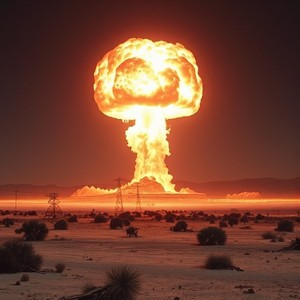
While the atomic bomb symbolized destruction, it also unlocked an era of scientific exploration and creativity. Movies, advertisements, and literature reflected a dual narrative—one of caution and another of immense possibility. Sci-fi films depicting alien invasions and mutants explored the unintended consequences of nuclear radiation, mirroring society's fears in imaginative ways. At the same time, TV dinners, sleek household appliances, and space-inspired gadgets offered people a glimpse of an exciting, futuristic lifestyle.
The influence of the atomic bomb was everywhere, even in casual entertainment. Americans flocked to theaters to watch films like The Day the Earth Stood Still and Godzilla, examining the destruction and moral dilemmas of nuclear technology through allegory and fiction. The atomic age was woven into every part of popular culture, reflecting a population that was processing its current reality while imagining its future.
Remembering the Atomic Age
Looking back on the culture of the 1950s, it’s impossible to ignore the fingerprints of the atomic age. From surreal art deco trends like the atom design to bomb shelters that embodied an era of fear, the atomic bomb’s influence shaped not only the politics and economics of the time but also the spirit of its people.
This era captures the delicate balance of hope and anxiety, progress and paranoia. It’s a reflection of humanity’s resilience in the face of great technological and existential challenges.
$259.95
4.5 out of 5 starsRetro Stainless Steel Electric Kettle with Temperature Control
Get the Perfect Brew Every Time with This Stylish Kettle Featuring Precise Temperature Settings
Product information
Product Review Score
Product links
Timeline of Nuclear Testing in Nevada
The Nevada Test Site (now called the Nevada National Security Site) played a pivotal role in nuclear testing during the mid-20th century. Below is a timeline highlighting significant years of nuclear testing in Nevada:
- 1951 - The first nuclear test at the Nevada Test Site, called "Able," was conducted on January 27, marking the beginning of continental testing in the United States.
- 1953 - Operation Upshot-Knothole took place, consisting of 11 tests, and was notable for having some of the first tests observed by military personnel to study nuclear warfare impacts.
- 1955 - Operation Teapot included 14 nuclear tests, focusing on civil defense and the effects of blasts on model towns and military equipment.
- 1957 - Operation Plumbbob became one of the largest and most diverse test series at the site, with 29 nuclear explosions.
- 1962 - The final atmospheric test series, Operation Dominic, included some Nevada-based tests before the Partial Test Ban Treaty restricted nuclear testing to underground detonations.
- 1963-1992 - With the signing of the 1963 treaty, all nuclear testing transitioned underground at the Nevada site until the end of testing in 1992.
This historical timeline not only underscores the extent of nuclear testing conducted in Nevada but also reflects the evolution of nuclear technology and international policy during the atomic age.
References
- United States Department of Energy. The Nevada Nuclear Testing History. Retrieved from energy.gov.
- National Security Archive. Atomic AgeRetrieved from nsarchive.gwu.edu.
- Chamberlain, A. (2002). Atomic Testing and Its Impact on Public Policy. Journal of Historical Studies, 24(3), 345-361.
- Hansen, C. (1995). U.S. Nuclear Weapons Tests and Policies. Thomas Reed Publications.
- Nevada Test Site Historical Foundation. Key Events in Nuclear Testing History. Retrieved from nthf.org.
If this piece stirred memories of the 1950s or sparked your interest in the culture of this era, we invite you to explore Classic Historia. Discover beautifully curated vintage collectibles and timeless reminders of the past. Add a touch of nostalgia to your own home or find the perfect gift for someone who cherishes history as much as you do.
Like this article? Discover more at Classic Historia for a deeper exploration into the past that has shaped our world.
Stay connected with Classic Historia and discover more timeless treasures by following us on our social media platforms:
Business Phone Number:
(833) 222-7544
Business Address:
Classic Historia
1220 Oak Street, Suite J PMB1007
Bakersfield, CA 93304-1072
United States
